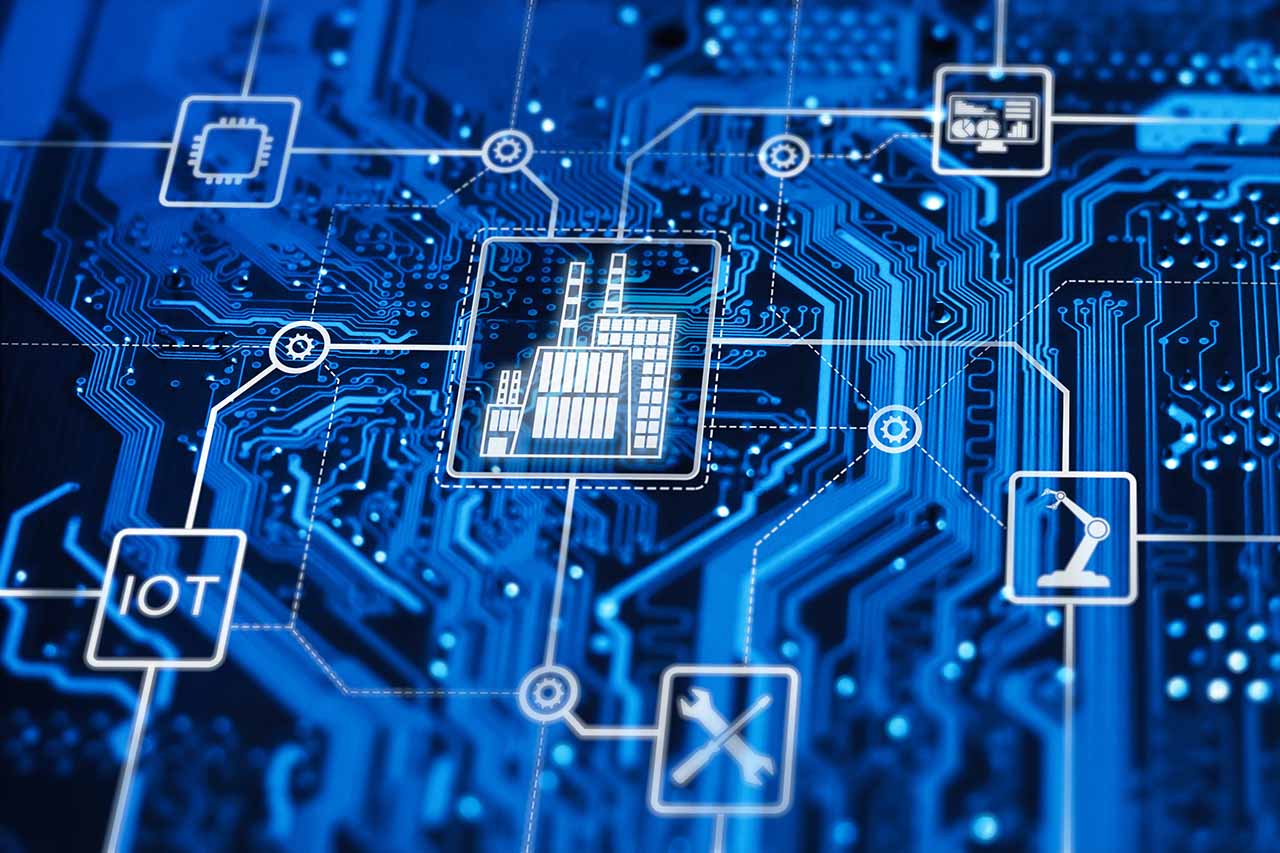The electric vehicle (EV) industry is experiencing a historic transformation, with sales surging and governments prioritizing renewable energy integration. However, as more EVs hit the roads, a critical challenge emerges—how to manage energy distribution efficiently without overwhelming existing power grids. Vehicle-to-grid (V2G) technology enables bidirectional energy flow, allowing EVs to draw power from the grid for charging and discharge excess energy back when demand is high. This breakthrough has the potential to enhance grid stability, support clean energy adoption, and create new revenue opportunities for businesses and EV owners.
Are you prepared to seize the growth opportunities in this evolving landscape?
Industry Disruptors: Key Highlights
- EV Sales Hit 17.1 Million in 2024, Capturing 25% of Global Car Sales:
EV adoption is accelerating, fueled by falling battery costs, expanding charging networks, and government incentives, signalling a massive shift toward electrification. - P2P Energy Trading Turns EV Owners into Energy Prosumers:
Blockchain-powered platforms are enabling EV owners to sell excess energy directly to the grid or peers, decentralizing energy markets and unlocking new revenue streams. - Virtual Power Plants (VPPs) Drive Grid Modernization with V2G:
By aggregating EV batteries as distributed energy resources, VPPs are enhancing grid stability, optimizing renewable energy use, and reducing reliance on fossil fuels.
To download sample, click here
Which Emerging Megatrends Are Accelerating V2G Growth?
The rise of Vehicle-to-Grid (V2G) technology is reshaping the way EVs interact with the power grid. As the global transition to clean energy gains momentum, several market forces are accelerating V2G adoption, influencing policies, investments, and technological developments
- Grid Resilience & Renewable Energy Integration
What’s Happening?
As the number of EVs grows, power grids are facing new challenges in balancing supply and demand fluctuations. Traditional grids were designed for one-way power flow, but the increasing reliance on solar and wind energy—which generate electricity intermittently—requires more flexible energy storage solutions.
Key Growth Opportunities:
- EVs as Grid Assets: V2G technology enables EVs to store excess renewable energy and discharge it back to the grid during peak demand, reducing strain on traditional power plants.
- Optimized Load Balancing: By integrating EVs into the energy system, utilities can better manage grid congestion and voltage fluctuations, supporting a more reliable and sustainable electricity network.
Industry Implications:
The ability to stabilize power grids while expanding renewable energy adoption is prompting increased investment in V2G infrastructure and bidirectional charging technology. Energy providers, grid operators, and policymakers are exploring ways to scale V2G adoption through regulatory frameworks and financial incentives.
Companies Driving Innovation
- Nuvve Holding Corp (US) – Scaling V2G Solutions Globally
Nuvve is leading V2G commercialization through strategic projects with automakers, utilities, and fleet operators, proving the impact of bidirectional charging. - The Mobility House GmbH (Germany) – Advancing Smart Energy Integration
Partnering with Renault and leading energy firms, The Mobility House is driving the expansion of V2G technology across Europe, enabling seamless EV-grid connectivity.
Click here to explore more growth opportunities in V2G technology.
- The Rise of Decentralized Energy Markets
What’s Happening?
V2G is enabling a shift toward decentralized energy systems, where EV owners can participate in energy trading rather than simply consuming electricity. The rise of peer-to-peer (P2P) energy trading platforms is allowing households and businesses to buy and sell excess electricity in real-time, reducing dependency on centralized utilities.
Key Growth Opportunities:
- Prosumers in the Energy Market: EV owners with bidirectional charging capabilities can monetize their EV battery packs, creating new revenue streams.
- Blockchain-Powered Transactions: Smart contracts and distributed ledger technology (DLT) are making P2P energy trading transparent, secure, and efficient.
Industry Implications:
The concept of “prosumers—consumers who also produce energy” is redefining the energy economy. As V2G adoption increases, utilities and energy companies are reassessing their roles, shifting toward more service-based models that focus on managing energy flows rather than simply supplying electricity.
Click here to explore more on V2G-driven energy trading.
Why V2G is the Future of EV Charging
As the EV industry accelerates and energy markets evolve, V2G technology is poised to be a game-changer in the transition to smart, sustainable energy systems. By enabling grid stability, new business models, and enhanced energy efficiency, V2G is unlocking unprecedented growth opportunities in EV charging infrastructure.
Stay Ahead with Strategic Analysis on Vehicle-to-Grid (V2G) Technology
Frost & Sullivan delivers in-depth analyses on “Vehicle-to-Grid in EV Charging Infrastructure, Recent Technological Developments and Growth Opportunities, 2024–2030,” uncovers key industry trends, emerging growth opportunities, and industry disruptions that are shaping the future of energy and mobility. Our exclusive insights provide a comprehensive look at how bidirectional energy flow is transforming the EV ecosystem and creating new revenue streams.



